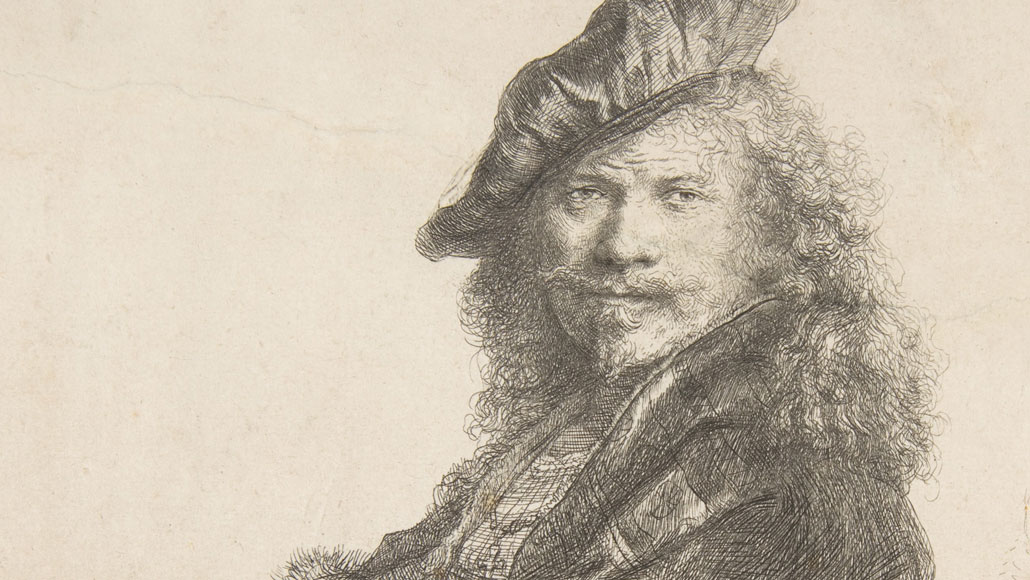Why Rembrandt and da Vinci may have painted themselves with skewed eyes
Scientists are still debating if the cause was an eye disorder or one strongly dominant eye

In Rembrandt’s 1639 etching, Self-Portrait, Leaning on a Stone Wall, the eye on the left looks straight ahead while the eye on the right faces slightly outward.
Gift of John J. Glessner III, 1947/The Metropolitan Museum of Art







